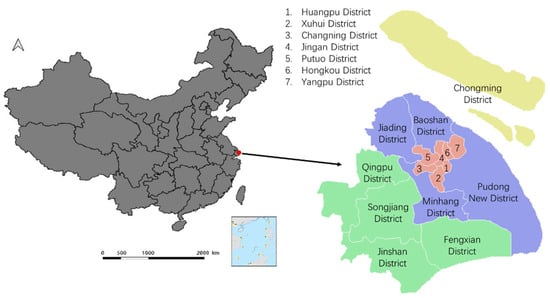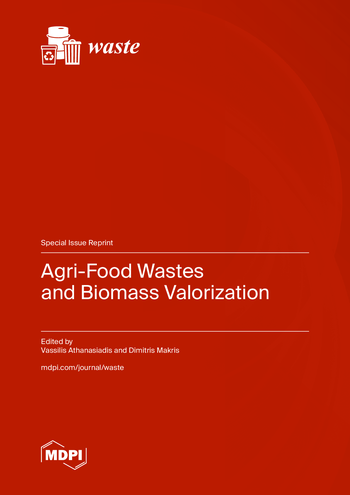- Article
Waste Separation Behavioral Intention Among Residents After the Abolition of the Zero-COVID Policy: A Case Study of Shanghai, China
- Xinrui Li,
- Takehiko Murayama and
- Shigeo Nishikizawa
- + 1 author
In recent years, China has made strong national commitments to waste reduction and circular economy, including the implementation of mandatory municipal solid waste separation policies and the rollout of zero-waste city initiatives. These efforts represent a strategic shift toward systemic environmental governance. However, the outbreak of the COVID-19 pandemic in early 2020—and the subsequent implementation of the country’s stringent zero-COVID policy—led to an abrupt disruption of these programs. Under this policy, strict lockdowns, quarantine of both confirmed and suspected cases, and city-wide containment became top priorities, sidelining environmental initiatives such as waste separation and sustainable waste infrastructure development. This study investigates how Chinese residents’ motivations for waste separation evolved across three key phases: pre-pandemic, during the zero-COVID enforcement period, and post-pandemic recovery. Grounded in the Theory of Planned Behavior and pro-environmental behavior theory, we developed an extended model incorporating pandemic-related social, psychological, and policy variables. Based on 526 valid questionnaire responses collected in late 2023 in Shanghai, we conducted structural equation modeling and repeated-measures analysis. Findings reveal a significant shift from externally driven compliance—reliant on governmental enforcement and service provision—to internally motivated behavior based on environmental values and personal efficacy. This transition was most evident after the pandemic, suggesting the potential for sustained pro-environmental habits despite weakened policy enforcement. Our findings underscore the importance of strengthening internal drivers in environmental governance, especially under conditions where policy continuity is vulnerable to systemic shocks such as public health emergencies.
27 December 2025



